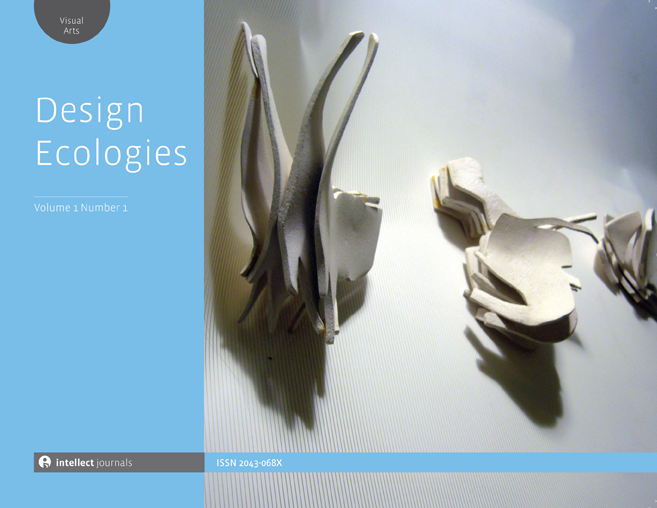On Schizophrenic Points and Indecisive Photons
Towards a noisy point cloud epistemology
Towards a noisy point cloud epistemology
“Behold yon miserable
creature. That Point is a Being like ourselves, but confined to the
non-dimensional Gulf. He is himself his own World, his own Universe; of any
other than himself he can form no conception; he knows not Length, nor Breadth,
nor Height, for he has had no experience of them; he has no cognizance even of
the number Two; nor has he a thought of Plurality, for he is himself his One
and All, being really Nothing.”
Edwin A. Abbott, Flatland: A Romance of Many Dimensions (1885)
Article published in Design Ecologies, edited by Dr. Shaun Murray.
Edwin A. Abbott, Flatland: A Romance of Many Dimensions (1885)
Article published in Design Ecologies, edited by Dr. Shaun Murray.
Design Ecologies, 4:1-2 (2015) 142-170.
Abstract // The way we understand and use emerging technologies will always be informed by a set of tacit philosophical assumptions, psychological mechanisms and techniques of governance. The discourse surrounding 3D scanning, a technology on the verge of becoming ubiquitous, is one of veracity and accuracy: the scanner is treated as an immaterial camera obscura and an ultimate facilitator of objective knowledge.
This article discusses a design-research project that dismantles such assumptions and recuperates notions of noise, multiplicity and ambiguity within the point cloud. This is supported by a deconstruction of the ontological and epistemological foundations (such as representationalism, atomism and essentialism) on which the “realism” of the scanner is grounded. Referencing to post-structuralist theory, theoretical physics and science studies (and to Karen Barad in particular) the article formulates an alternative onto-epistemological framework that instead emphasizes the material nature of knowing and notions of becoming and multiplicity. Equally, while revolving around and always returning to 3D scanning technology, the article extrapolates its findings towards a critical analysis of contemporary modes of governance.
Central to the argument is a process of physical prototyping exploring a phenomenon called “edge noise”: these are “ghost points” in a 3D scan created by mixed measurements at the edge of an object. The multiplicity of these faulty, fictional measurements is explored as a productive schizophrenic condition that dismantles the reductionist logic of point cloud filtering. More crucially, this edge noise is then reverse-engineered, enabling the designer to actively and precisely create this edge noise using algorithmically controlled perforated screens.
Finally, the article discusses two architectural design projects that implement the developed edge noise algorithms and unpack its philosophical, technological and political considerations. These projects propose an approach towards the point cloud that, rather than treating the scanner as an immaterial and realist conveyer of truth, involve it as the designer’s and observer’s creative complicit in the very forging of phenomena.
continue reading...
